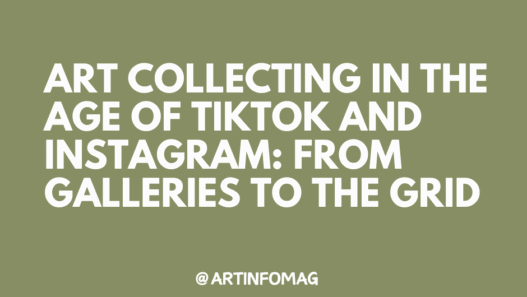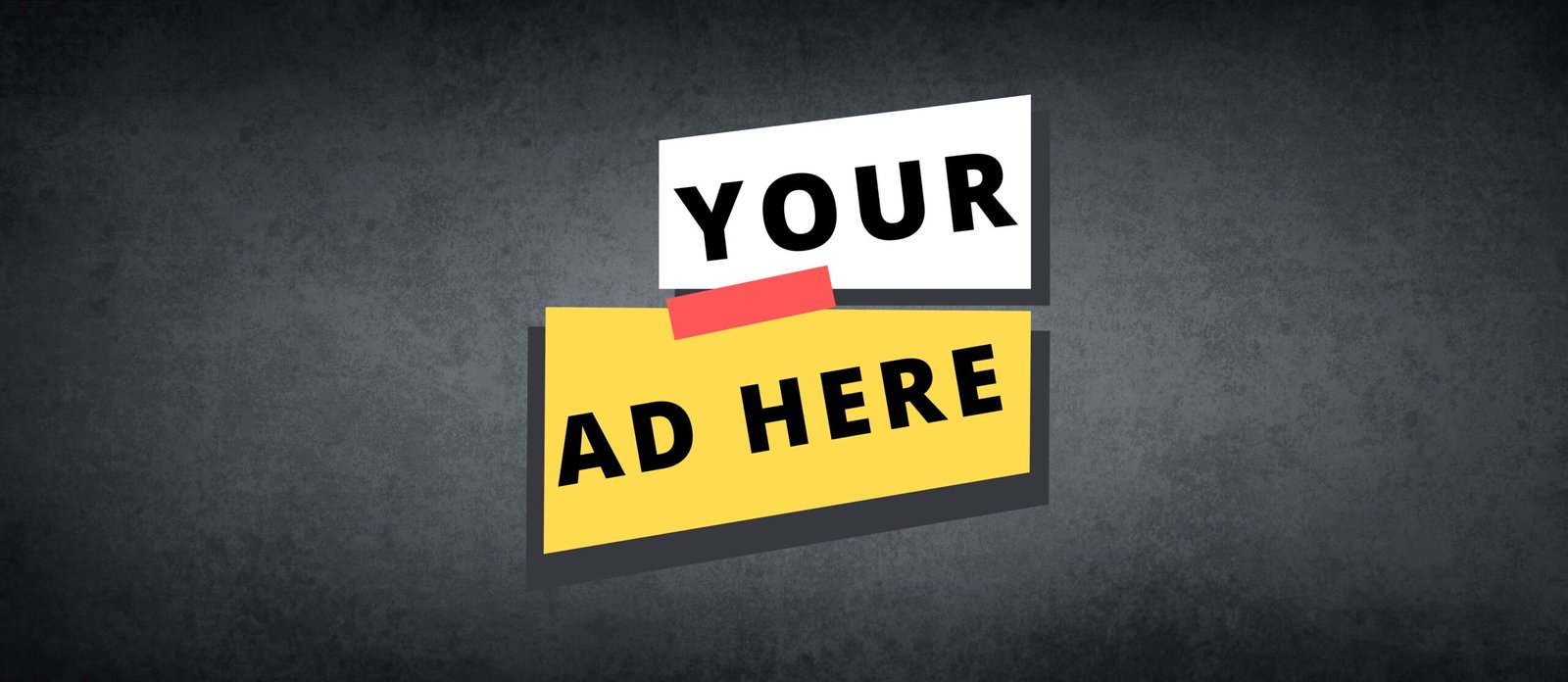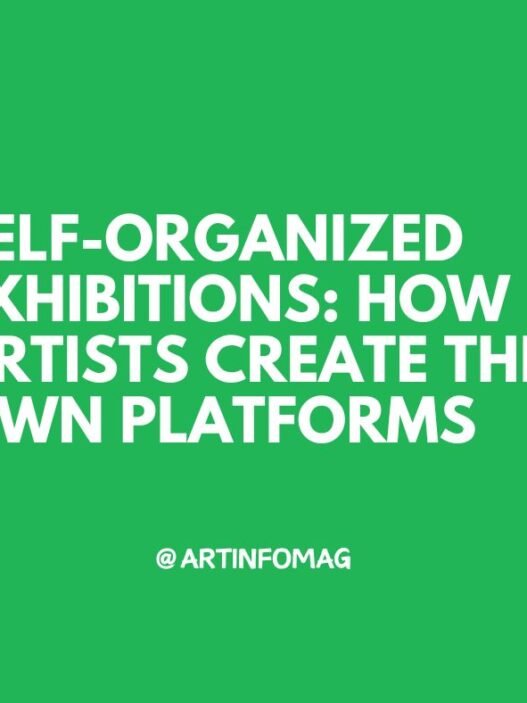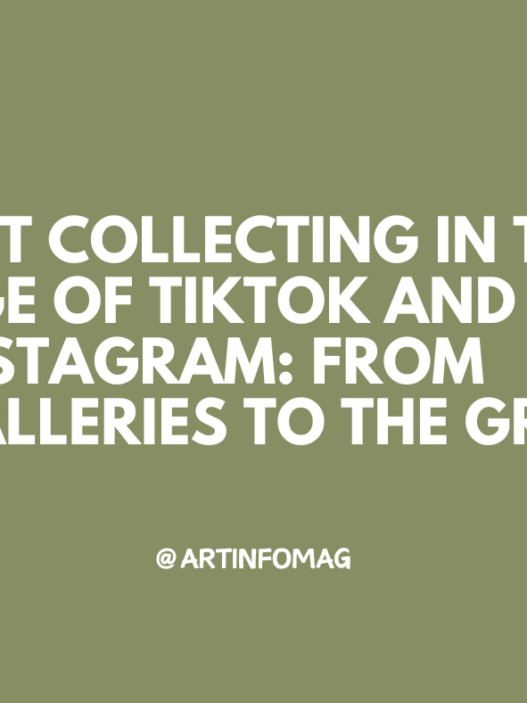You’ve been creating art, sharing it on Instagram, and perhaps even hosting a few shows—but how do you elevate your career by catching the eye of galleries and art publications? The key lies in pitching yourself effectively. This isn’t just about sending an email; it’s about crafting a compelling narrative, presenting your work professionally, and making your proposal irresistible. Whether you’re targeting a gallery curator, an art magazine editor, or a podcast host, here’s a step-by-step guide to pitching with clarity, confidence, and impact.
1. Know Who You’re Writing To
Success begins with research. Avoid blasting generic messages to dozens of contacts. Instead, dive into their past exhibitions or articles, noting the artists or topics they prioritize. Ensure your work aligns with their focus—or offers a fresh twist. For example: “I admired your recent feature on contemporary printmakers. My latest series, using an innovative material approach, could resonate with that audience.”
2. Craft a Clear, Personal Email
Keep your pitch concise, specific, and respectful of their time. Include a personal greeting (e.g., “Dear Ms. Smith”), a brief introduction (1-2 sentences about yourself), your purpose (solo show? feature?), why you chose them, and a link to your portfolio—avoid bulky attachments. Optionally, attach one small JPEG (under 1MB) if visuals are key. Aim for under 200 words to maintain their interest.
3. Prepare Your Materials
Have your professional artist materials ready, ideally hosted online via Google Drive, Dropbox, or your website. Essentials include a portfolio (PDF or site), artist statement, CV, bio, and high-resolution images of recent work (clearly labeled). If available, add press clippings or reviews. Avoid sending large files—keep it streamlined and accessible.
4. Don’t Just Ask—Offer Value
Position your pitch as a collaboration. Highlight benefits: Will your show attract new audiences? Does your work address a timely topic? Can you promote it through your network? For instance: “I’d be thrilled to share this feature with my 800+ mailing list and 5k Instagram followers.” This turns your request into a mutual opportunity.
5. Follow Up—Politely
If no response comes after 10-14 days, send a single, courteous follow-up: “Just following up on my email from last week in case it got buried. I’d love to connect if you’re available.” If silence persists, move on—pitching is a numbers game, but authentic relationships matter most.
Common Mistakes to Avoid
Steer clear of long, self-focused emails, mass mail-outs, typos, broken links, vague asks, or excessive follow-ups. These can derail even the strongest pitch.
Where to Pitch
Target emerging galleries open to proposals, online platforms like Hyperallergic, print publications with themed calls, and podcasts or YouTube channels in your niche. Curators and writers often accept pitches via open calls or professional DMs.
Mastering the pitch is your gateway to recognition. What’s your next pitch? Share with Artinfoland Magazine’s community below!




















